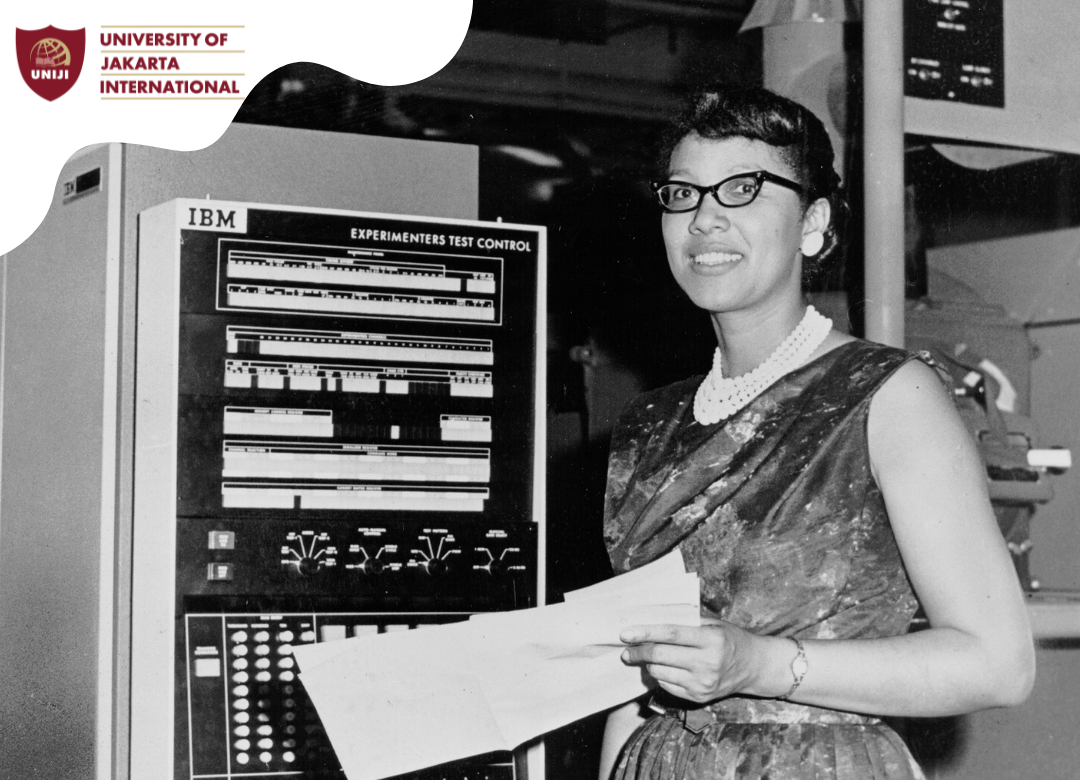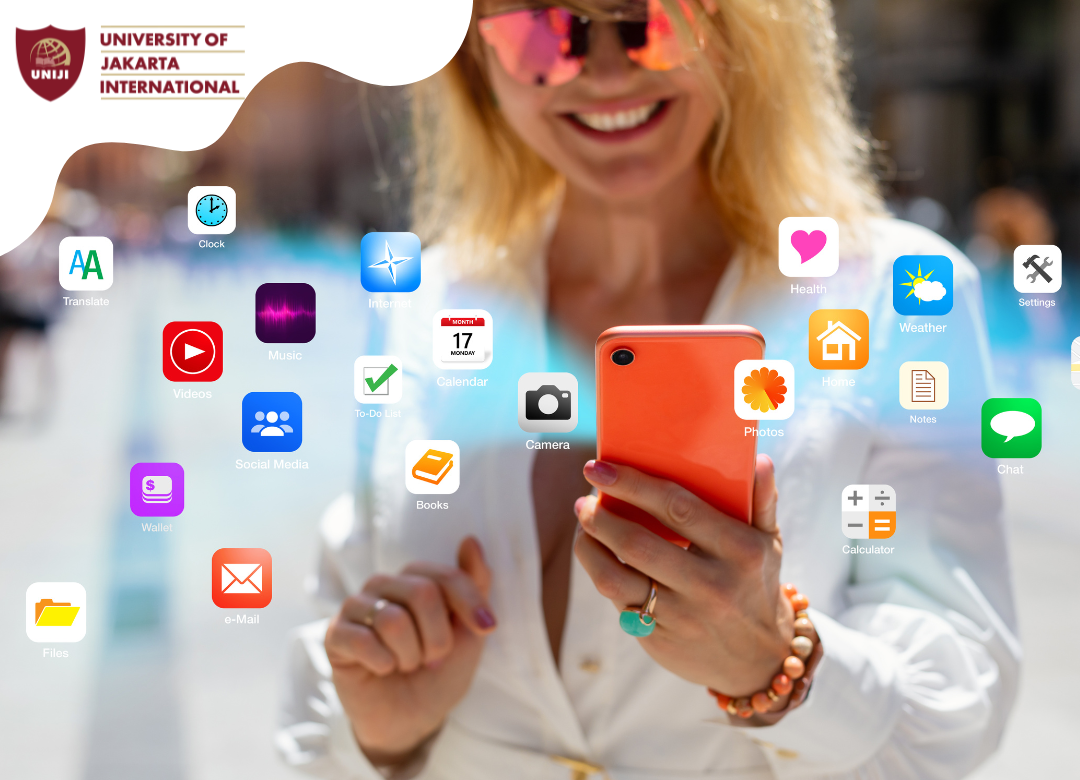Greetings, Rhinos!
Let's dive into the marvel that accompanies us from sunrise to sunset—the smartphone! Smartphones have revolutionized our lives, making once-futuristic tasks like watching videos or streaming music a daily norm.

It's mind-boggling to think that a basic graphing calculator now outperforms the Apollo-era supercomputer. Physicist Dr. Michio Kaku aptly said, "Today, your cell phone has more computer power than all of NASA back in 1969." This showcases the incredible strides in technology, with new phones constantly pushing boundaries.

In Indonesia, smartphones have seamlessly integrated into daily life, with a staggering 90.89% penetration rate in 2024, projected to hit 97% by 2025 (Statista). Datareportal (2023) notes an impressive 353.8 million active cellular connections, or a 128% cellular connection rate, exceeding the total population. Clearly, this shows that many Indonesians own multiple phones.
With smartphones' presence comes the indispensable world of mobile applications. From fun photo editors to calorie counters aiding diets, mobile apps cater to our every need, fueling the demand for skilled developers.

Mobile app development, while not new, stands out as a rapidly growing field. Its impact is profound, prompting nearly every business to embrace apps for direct customer engagement. Zip Recruiter reports an average annual income of $110,000 for Mobile App Developers, highlighting the profession's income potential.
If you're intrigued by mobile app development, consider our Mobile Application Development Specialization. Here, you'll gain hands-on experience and lab-based learning to kickstart your journey as a Mobile App Developer.
Stay tuned for more insights in our upcoming articles!




